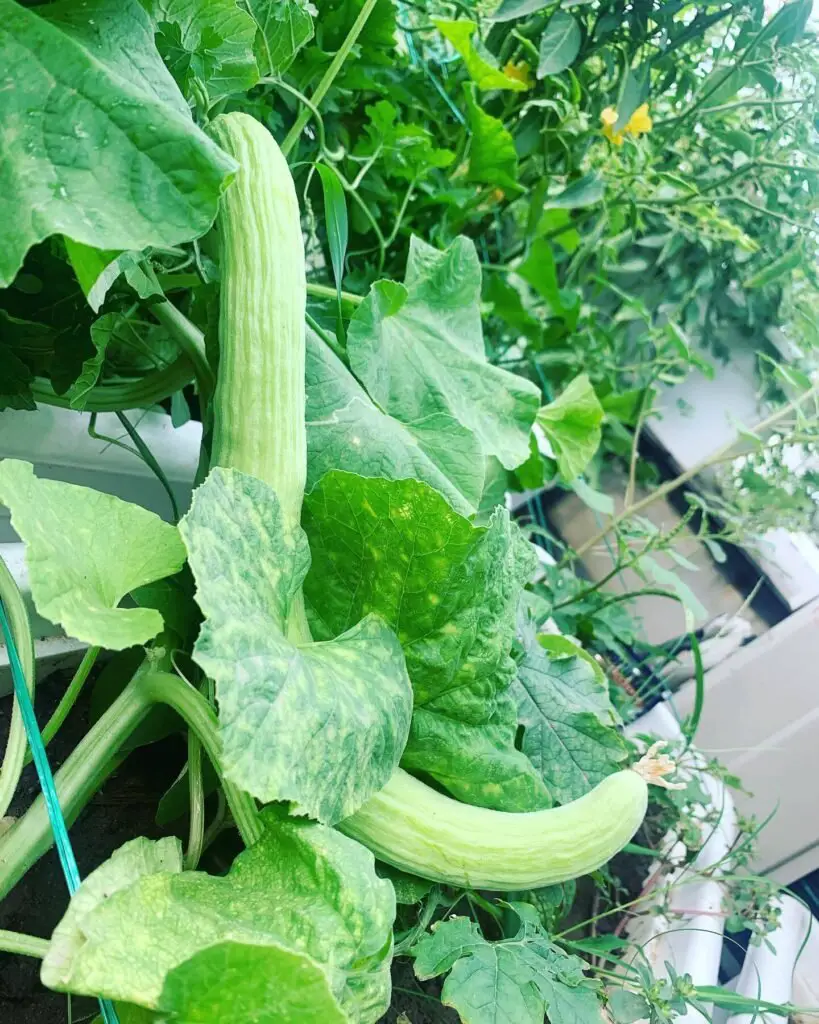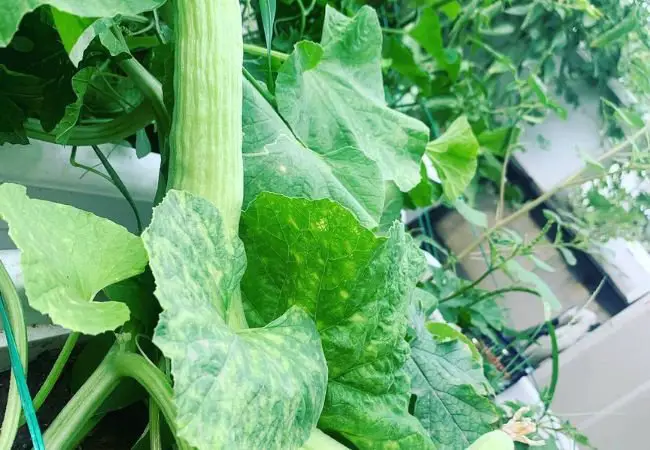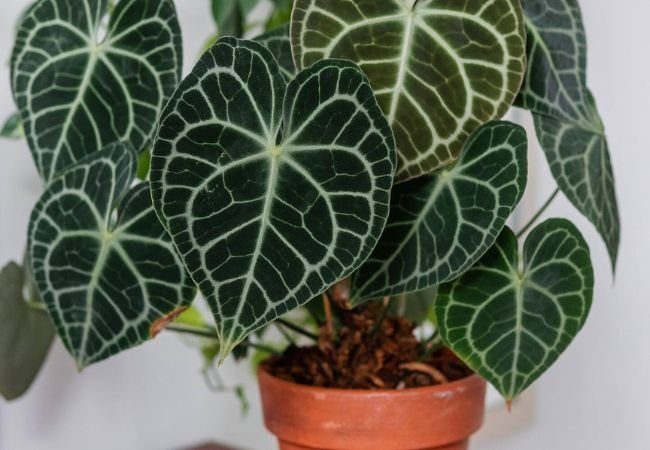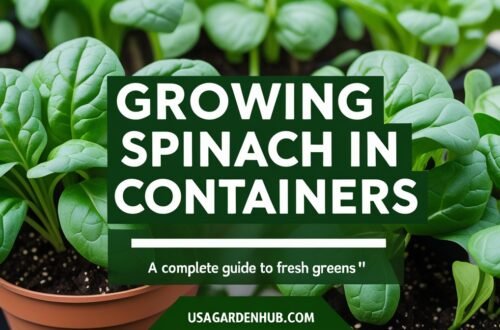Discover how to grow and enjoy Armenian Cucumber, a unique, mild-flavored melon. Learn expert tips on planting, care and harvesting for both novice and experienced gardeners.
Armenian Cucumber, despite their name are actually a type of muskmelon (Cucumis melo var. flexuosus). They have a mild, sweet flavor and can grow up to 3 feet long. These heat-loving plants require full sun, well-draining soil and consistent watering. They’re known for their crisp texture and thin, edible skin.
Introduction to Armenian Cucumbers

As a horticulturist with over two decades of experience in cultivating unique vegetables, I’m thrilled to share my knowledge about growing Armenian cucumbers. These fascinating fruits offer a delightful addition to any garden and kitchen.
What Are Armenian Cucumbers?
Armenian cucumbers, also known as snake melons or yard-long cucumbers, are not true cucumbers but a variety of muskmelon. They’re prized for their mild flavor, crisp texture and impressive length.
For more botanical information, visit the University of California’s Vegetable Research and Information Center.
Growing Armenian Cucumbers
Climate and Growing Conditions
Armenian cucumbers thrive in:
- Full sun (at least 6-8 hours daily)
- Warm temperatures (65-85°F / 18-29°C)
- Well-draining, fertile soil
Planting
When to Plant
- Sow seeds directly in the garden after all danger of frost has passed
- Soil temperature should be at least 65°F (18°C)
How to Plant
- Space seeds 2-3 feet apart in rows 4-6 feet apart
- Plant seeds 1/2 inch deep
- Thin seedlings to the strongest plant per spot when they reach 2-3 inches tall
For more detailed planting instructions, check out Cornell University’s Growing Guide.
Caring for Armenian Cucumbers
Watering
- Keep soil consistently moist but not waterlogged
- Water deeply once or twice a week, depending on rainfall
- Use mulch to retain moisture and suppress weeds
Fertilizing
- Apply a balanced, organic fertilizer at planting time
- Side-dress with compost or aged manure when plants begin to vine
For more on vegetable garden fertilization, visit North Carolina State Extension’s guide.
Support and Training
- Provide a trellis or support structure for vines to climb
- Train vines onto the support as they grow
- This practice improves air circulation and fruit quality
Pest and Disease Management
Common issues include:
- Cucumber beetles: Use row covers or organic insecticides
- Powdery mildew: Ensure good air circulation and avoid overhead watering
- Fusarium wilt: Choose resistant varieties and practice crop rotation
For more information on managing pests and diseases in melons, check out University of Minnesota Extension’s guide.
Harvesting and Using Armenian Cucumbers
When to Harvest
- Harvest when fruits are 12-18 inches long for best flavor
- Pick regularly to encourage continued production
How to Use
- Eat fresh in salads or as crudités
- Use in place of regular cucumbers in recipes
- Try pickling for a unique twist
For delicious Armenian cucumber recipes, visit The Spruce Eats.
Growing Armenian cucumbers can be a rewarding experience for gardeners looking to try something unique. With their mild flavor and impressive size, these melons are sure to be a conversation starter in both your garden and your kitchen. Remember, success lies in providing plenty of sun, consistent moisture and proper support for the vines. Whether you’re a seasoned gardener or a beginner, Armenian cucumbers offer an exciting challenge and delicious rewards. Happy growing!
For more in-depth information on growing unusual vegetables, visit the National Gardening Association.
For more gardening tips and plant care guides, visit usagardenhub.com.






